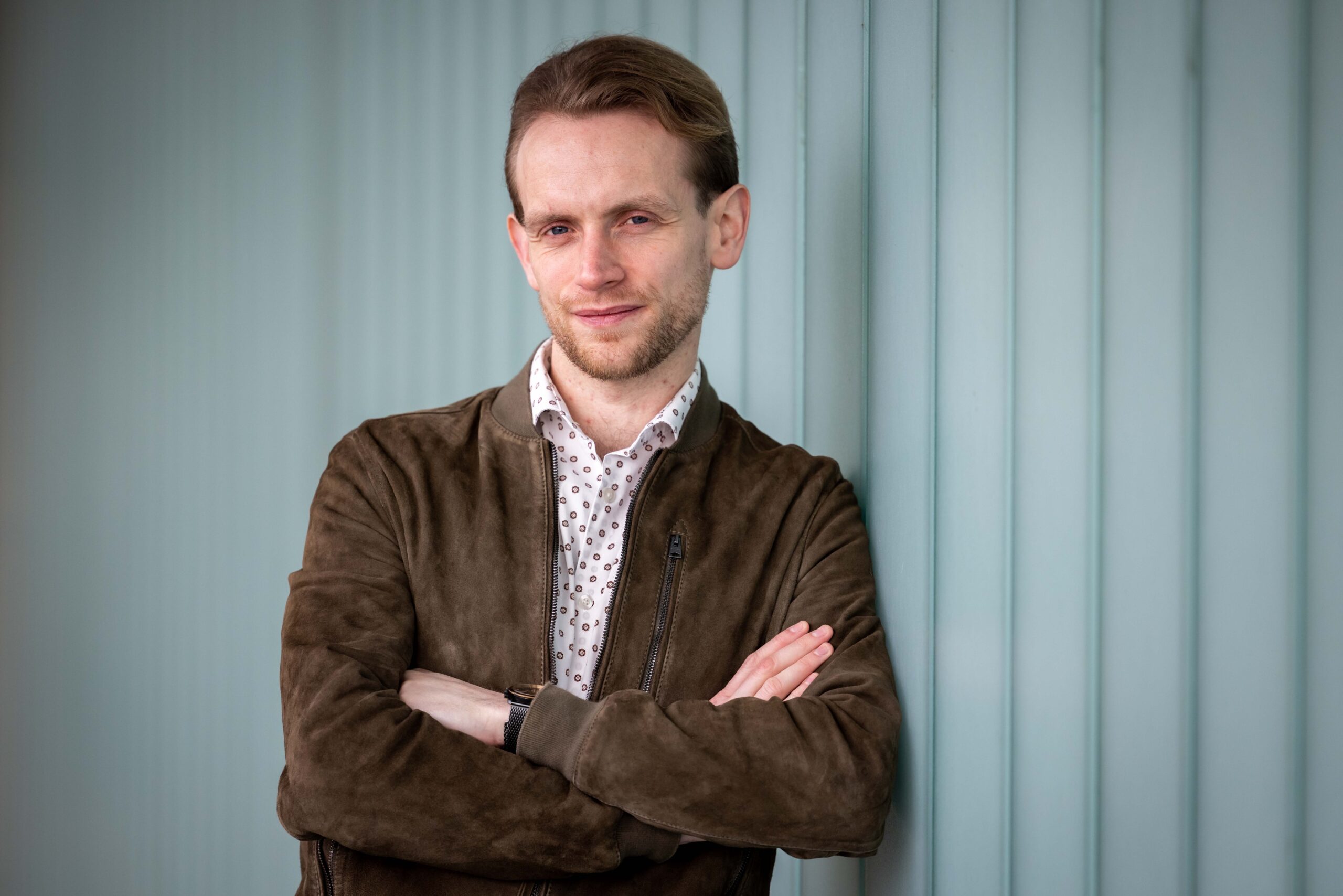Innovative lighting business Circada aims to improve health and wellbeing by reconnecting people with their body clock

Lighting firm Circada is aiming to make a difference to people’s lives, allowing them to get back in sync with their natural body clock seamlessly and without wholesale changes, through the installation
of their innovative, retrofit lighting.
Circada is aimed at offices, healthcare, hospitality and residential developments. The business is the brainchild of North West-based Circada founder and former Medical Communications Specialist, Sam Lewtas.
Sam wanted to create lighting recognising its importance to our health and daily function while at the same time provide balance in our busy modern lives, all in an easy to use and install package. The technology goes against the trend, bringing people closer
to nature rather than farther from it, designed also with health and simplicity in mind.
Sam, who established Circada in 2020, first became aware of the impact of lighting when studying at university. Needing to study late into the night during this time Sam, who suffers from Seasonal Affective Disorder (SAD), found help from his associated bright therapy lam (effectively making it midday all the time). It was so effective he found it soon being borrowed by friends. However, the subsequent impact the next day made him question how artificial light in our modern environment is affecting us day-to-day, with leading researchers even describing light as a ‘drug’.
This was a lightbulb moment for Sam, who sought an improved way to go about lighting, culminating in Circada, where he has created a system that matches the daily and seasonal patterns of the sun with superior
and tailored light matched to our biological needs throughout.
Misalignment of our body clocks is common, occurring primarily from the lighting we receive through the day (such as jetlag when we travel due to the rapid change in the sun’s timings). There is growing
evidence that it is affecting us in a whole host of way in many of today’s pressing health crises, including our mood and sleep. Sam anticipates that lighting will become ever more prominent in the discussions around personal and, more widely, public health.
On the problems Circada aims to address, Sam says;
“We are seeing increasing awareness of issues between lighting and health but at present we have a limited set of tools to address them. There has been a surge in the popularity of products such as wake-up
lights, blue light filtering glasses and screen filters. These, however, are often insufficient to make all that much of an impact against the engrained prevalence of ill-suited general artificial lighting and the demands of our busy schedules, which prevent
us from spending more time outdoors during the day. Circada however promises an all-round solution indoors while reconnecting us with our natural rhythm.”
“Our personal and societal ability to override nature through artificial lighting I believe is contributing to the modern ‘always on’ state that we can find ourselves in and our technology on a higher level
is aiming to go some way to address this.”
Sam continues, “Circada’s lighting provides an innovative, health-orientated, and desirable approach that will make it easier for property developers, consumers and researchers alike to benefit from compared with any other system. Ultimately, we hope to work with lighting original equipment manufacturers (OEM’s) on the controls side, to help spread the concept of simplified, health-oriented lighting more widely in the industry. The solution doesn’t need to be complex, it needs to be easily adoptable.”
In 2020, Sam secured an InnovativeUK grant of £190,000 for a project alongside researchers at Durham University, actively researching how to make the healthcare environment more conducive to recovery – as
well as receiving two rounds of funding from VC Deepbridge Capital, firstly for £140,000 in 2021, and as of July last year are investing £350,000.
Circada have just launched a pilot for intensive care patients at the Walton Centre in Fazakerley, Liverpool. This will focus on using the businesses lighting to assess the impact on patients in the Intensive
Care Unit.
Sam concludes, “Circada aims to reconnect people with nature through its innovative lighting technology. We see this as more than just a lifestyle trend, our goal fundamentally is to change the way we use
light in society to work better for us.”






